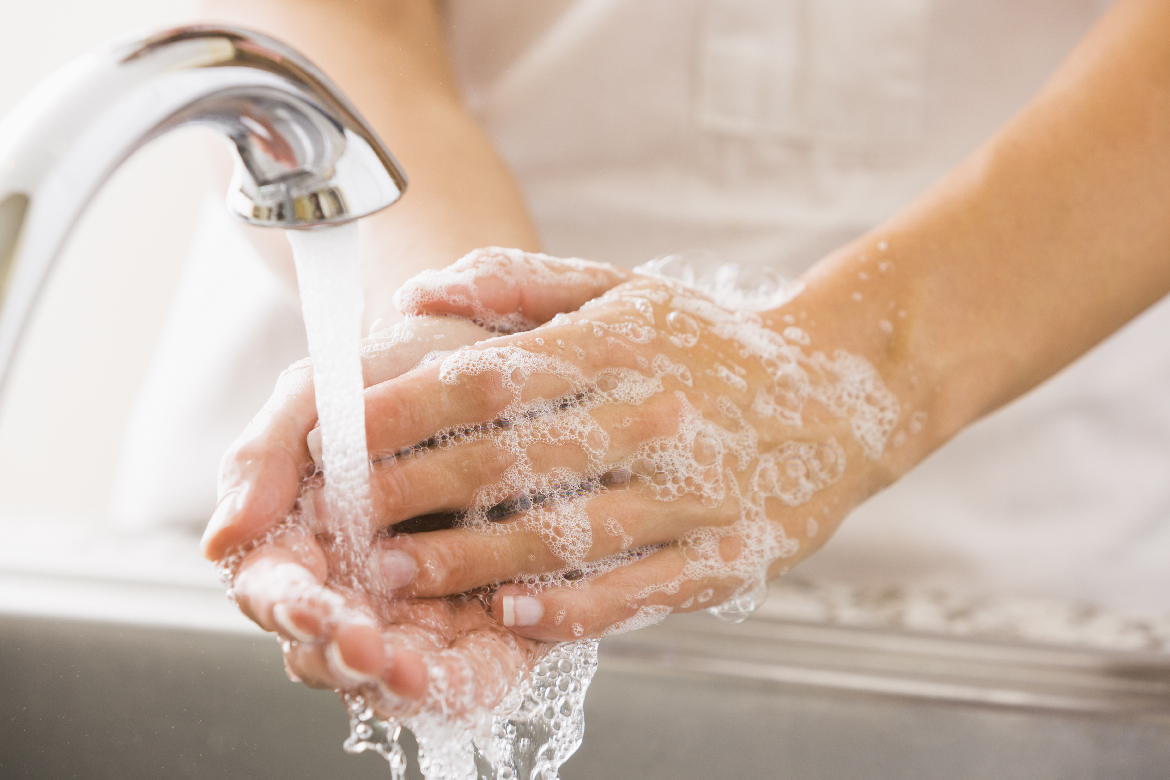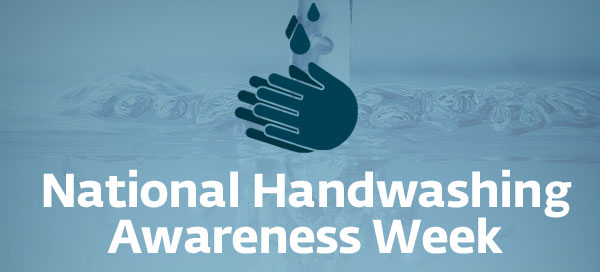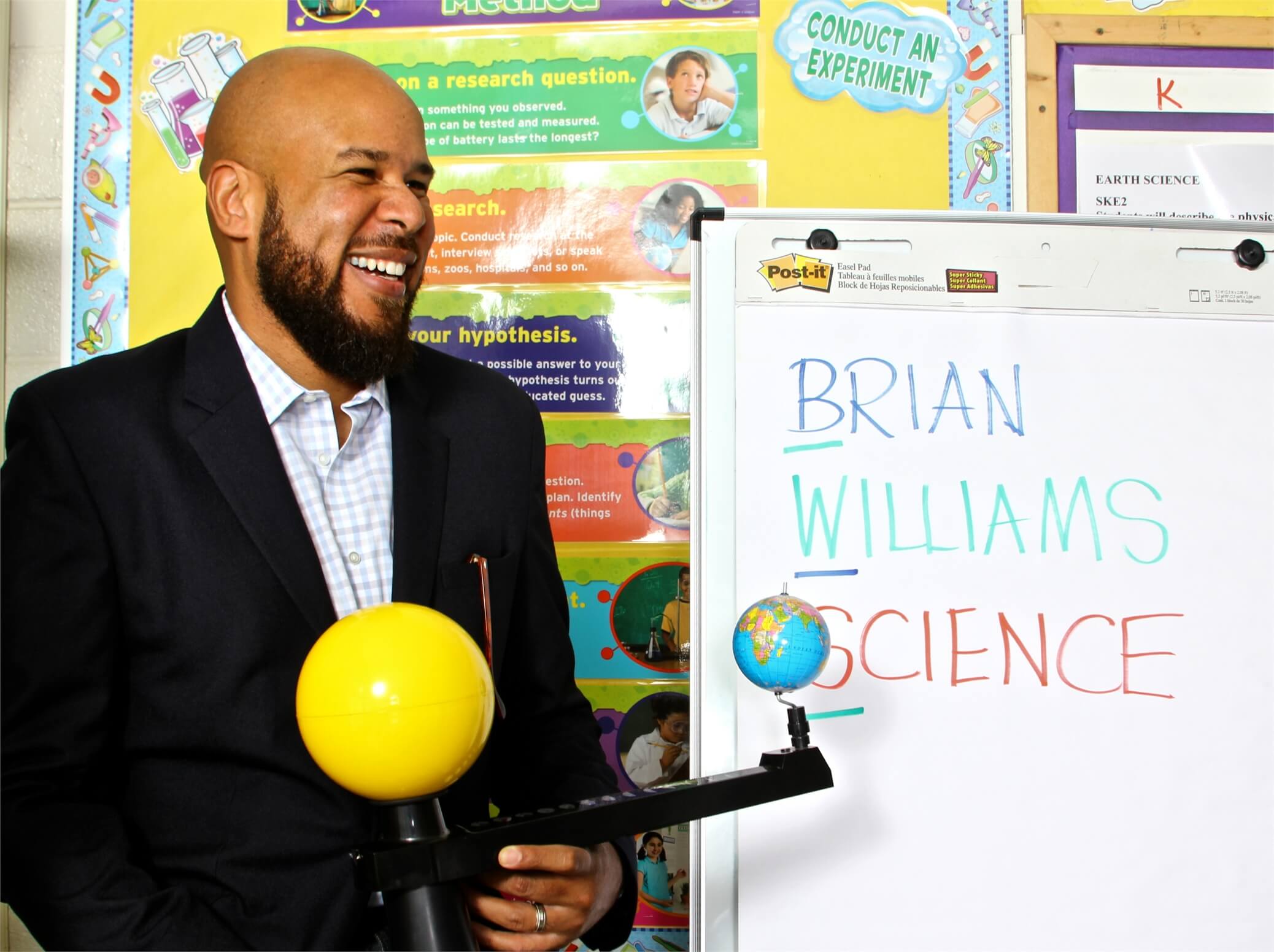
02 Dec Handwashing Awareness Week
This week is National Handwashing Awareness Week (December 2-8, 2018). This special week focuses on important act of washing your hands.

This week is National Handwashing Awareness Week (December 2-8, 2018). This special week (always the first full week in December) focuses on the value of the simple but important act of washing your hands. According to the Centers for Disease Control and Prevention, “the most important thing you can do to keep from getting sick is to wash your hands.” Here are some interesting statistics for you about hand washing:
- 2/3 of adults in the US wash hands after using the bathroom.
- 1 in 4 adults don’t wash hands after changing diapers.
- Less than 1/2 of Americans wash hands after cleaning up after pets.
- 1 in 3 wash hands after sneezing/coughing.
- Less than 1 in 5 wash hands after touching money.
- 1 in 3 E.coli occurrences is caused from not washing hands before handling food.
This week, take some time to talk with your children about the importance of handwashing. You can even introduce them to Henry the Hand, Champion Handwasher – the spokesperson for National Handwashing Awareness Week. Henry’s website has lots of information about keeping your hands germ free. Check out Henry’s site here.
Exploring Germs and Handwashing
Here are a couple of simple activities to explore proper handwashing. The first version uses Glo Germ (which you may need to order). The second version uses more basic materials (e.g. water). They both demonstrate how germs are spread!
Here’s What You Need
- Bottle of liquid Glo Germ
- Soap
- Small ultra violet (UV) lamp
Here’s What You Do
Place a few drops of the Glo Germ on your palm and rub your hands together. Make sure you rub the liquid all over your hands (e.g. the back of your hands, around fingernails, etc.). Turn off all of the lights and shine the ultra violet (UV) lamp on your hands. They should be glowing in the UV light. The Glo Germ simulates germs on your hands. Now, it is time to get rid of all of those germs with a good old fashion handwashing!

If you want to clean your hands, soap and water is the best thing to use. Follow these steps:
- Get a paper towel and set it next to the faucet. You will need it in a little while.
- Turn on the water. Check to make sure it isn’t too hot.
- Wet your hands, grab the soap, and start making suds and scrubbing.
- Scrub for the length of time that it takes to sing your ABC’s
- Rinse your hands with water and dry them with a paper towel.
- Use the paper towel to turn off the faucet (do not touch faucet with clean hands). Throw the paper towel in the trash.
After you have washed your hands, use the UV lamp to check them. You shouldn’t see any glowing areas on your hands. Often, people forget to wash the back of their hands, under their finger nails, and between their fingers. If you missed any of these areas, don’t feel bad. Head back to the sink and wash your hands again. Just make sure you pay special attention to those areas this time! This is a great way to develop healthy handwashing habits!
Here’s What You Do (if you don’t have Glo Germ)
Use a spray bottle filled with clean water. Spray water on your hands. This water represents the germs that come out of your mouth when you cough or sneeze. Now, touch an object (e.g. your shirt, a table, the doorknob) or person. What happened to the object or person you touched? Is the object or person damp? What would happen if a friend or family member touched the object or person in the same place that you touched? Germs are spread in somewhat the same way that the water was spread from you to the object or person. The best way to stop germs from spreading is to keep your hands clean with warm water and soap!
Things to Remember:
- Germs are everywhere, but are so small that you can’t see them.
- Germs can make you sick.
- You can get rid of germs by washing your hands.
- Wash your hands after using the toilet, before eating or touching food, and after playing with animals.
The Science of Soap
Soap is a surfactant. Basically, it makes the water better at removing dirt and germ. Soap breaks the surface tension of the water and allows water to carry dirt away with it. As the water carries away the dirt, it also kills and carries away the germs that can make you sick.
If you were to examine a soap molecule, you might notice that it has two different ends. One end of the soap molecule is hydrophilic (hydro meaning water and philic meaning to love or have a fondness for). The other end is hydrophobic (hydro meaning water and phobic meaning fearful of). In other words, one end of the soap molecule wants to bond with water. The other end wants to avoid water. When soap molecules come in contact with dirt on your hands, the hydrophobic ends attach to the dirt or oil. When you rinse your hands with water, the hydrophilic ends of the soap molecules bond with the water and carry the soap molecule along with the dirt and oil away from your hands.
Fast Fact: Germs, Germs, Germs
Until the 1860’s, people didn’t know about germs. They also didn’t know that cleaning cuts and keeping them covered was a good way to prevent infections. Doctors didn’t even wash their hands before operating. Ignaz Semmelweis discovered that washing hands prevented sickness in the 1840’s, but didn’t have a way to explain why. Joseph Lister is recognized by many to be the first surgeon to clean instruments and his hands with antiseptic chemicals that kill germs. However, there is evidence that other cultures may have understood the value of antiseptics prior to Lister’s discovery. In 1879, for example, one British traveler, R.W. Felkin, witnessed cesarean section performed by Ugandans. The person performing the operation used banana wine to semi-intoxicate the woman and to cleanse his hands and her abdomen prior to surgery.

